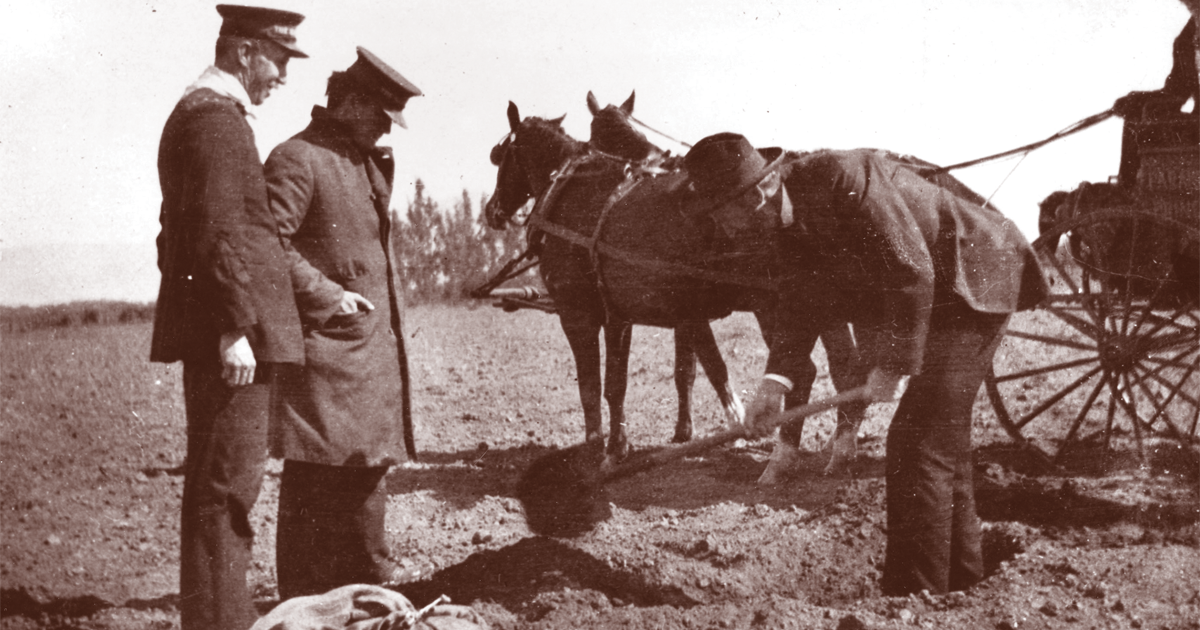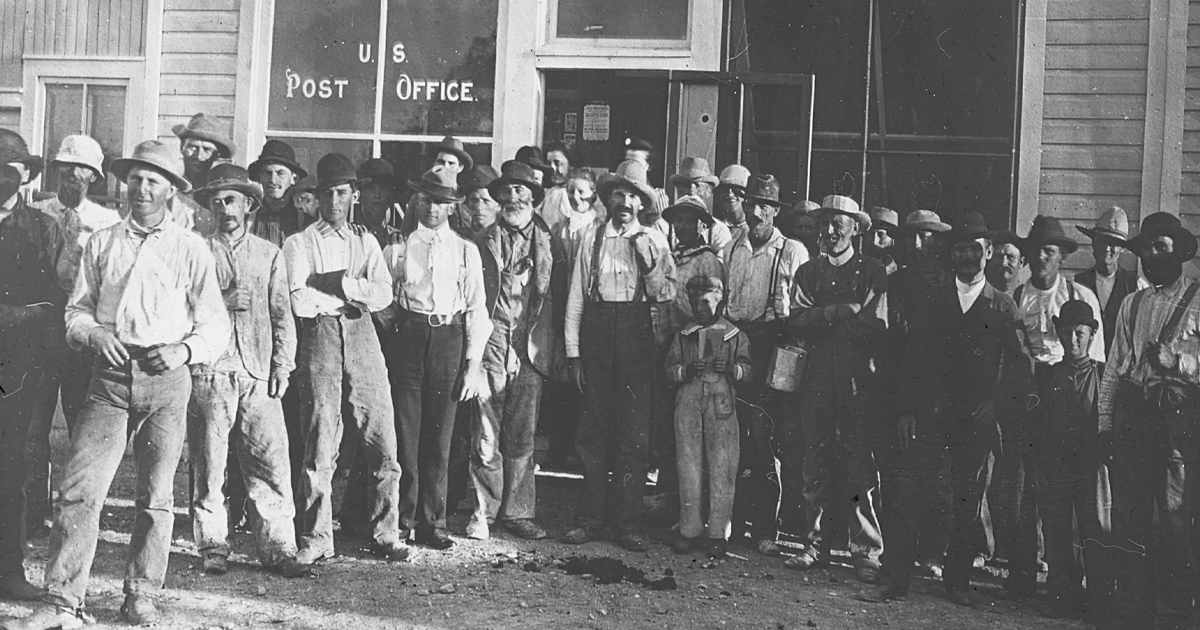Down on the Farm Colony
"The Salvation Army was a leader in social causes, and many of the ideas of modern social services were practiced by The Salvation Army in the 1890s."
“In Darkest England, and the Way Out” was an international best seller in 1890. Written by General William Booth (with help from W. T. Stead), the lengthy book described the plight of the urban poor and offered an ambitious solution to the problems of poverty.
The idea of various “colonies” (city, farm, overseas) would train or retrain individuals for various agricultural or industrial tasks. It was an ambitious undertaking.
In America, national leaders Frederick and Emma Booth-Tucker were emphatic supporters of the plan. The idea was to get people out of the city, which was thought at the time to be unnatural and corrupting (to the soul as well as the body). By 1903, the Booth-Tuckers were spending most of their time promoting the farm colony idea. There would be three farm colonies opened in the US: Fort Herrick in northeast Ohio, Fort Amity in eastern Colorado and Fort Romie on Monterey Bay in California. At the height of its occupancy, the colonies housed over 500 people on 3,000 acres of land.
The Salvation Army opened farm colony recruitment offices in the major cities across the country. In Chicago, there were over 5,000 applications. It was so popular that a bill was considered in the United States Senate to launch the farm colony on a national scale.

Unfortunately, the farm colonies began with several problems and never fully received public support. Also, with thousands of applications, there was no clear distinction between the “idle” poor and the “worthy” poor. The public criticized the ideas of the colony and many thought the scheme was just a romantic getaway for the city’s poor.
By 1905, the three farm colonies had all failed in their original idea. The Ohio colony became an alcohol treatment facility and then a summer camp. The Colorado colony was sold at a loss. The California colony was profitable and was able to pay off its various mortgages, and by 1905, the colony ceased to exist.
The idea of the farm colony was born out of a 19th century idea of helping the urban poor to improve their circumstances in life. The Salvation Army was a leader in social causes, and many of the ideas of modern social services were practiced by The Salvation Army in the 1890s.
***
To read more about this and other Salvation Army stories, see: McKinley, Edward H. “Marching to Glory: The History of the Salvation Army in the United States,” 1880-1992. W.B. Eerdmans Pub. Co., 1995.
Photos by National Headquarters Archives







